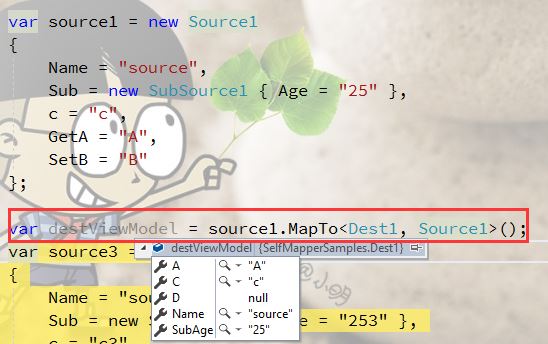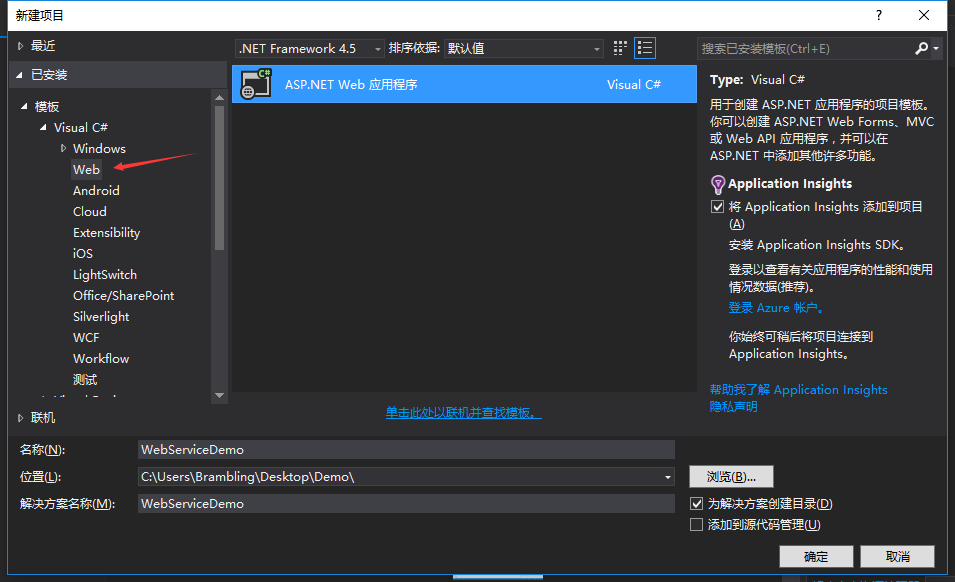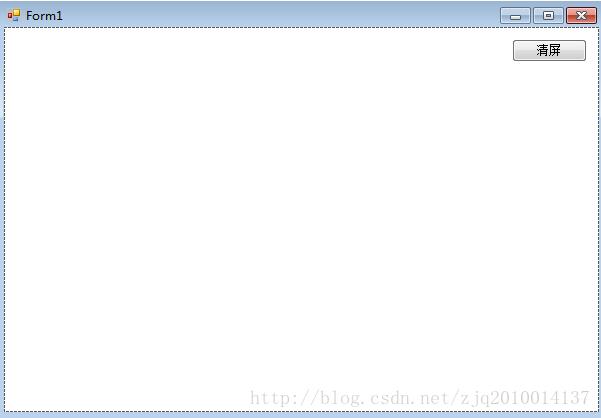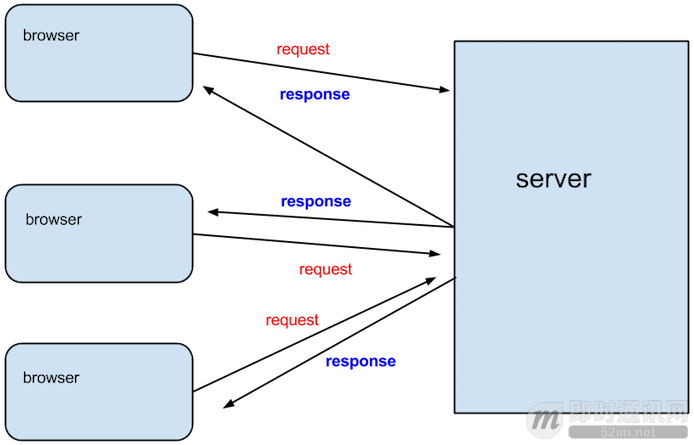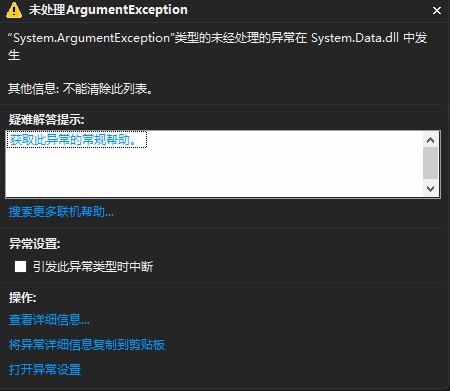这篇文章主要介绍了C#中ManualResetEvent 与 AutoResetEvent 区别,文中通过示例代码介绍的非常详细,对大家的学习或者工作具有一定的参考学习价值,需要的朋友们下面随着小编来一起学习学习吧
在多线程开发中,时常用到ManualResetEvent 与AutoResetEvent 。 它们如同道路交通中的信号灯。两者之间有什么区别呢?
共同点:
均继承EventWaitHandle 接口,因此,均具有以下功能:
Reset() //红灯
Set() //绿灯
WaitOne() // 等待信号
不同点:
AutoResetEvent 收到 Set 后 , 一次只能执行一个线程,其它线程继续 WaitOne 。
ManualResetEvent 收到 Set 后,所有处理 WaitOne 状态线程均继续执行。
msdn 提到(如果没有线程 处于WaitOne() 状态,而调用 Set ,AutoResetEvent将保持Set 状态):
调用Set信号AutoResetEvent释放等待线程。 AutoResetEvent 将保持终止状态直到一个等待线程释放,并自动返回到非信号状态。 如果没有线程处于等待状态,状态将无限期地保持已发出信号。
因此通常WatiOne 之前,先 Reset() 一下,清除Set 信号
需要注意的是(两个 Set 调用之间时间较短,第二个 Set 信号可能会丢失,因此连续 Set 调用,中间需要 Sleep 一定时间):
不能保证的每个调用Set方法将释放一个线程。 如果两次调用太靠近在一起,以便第二次调用前释放线程发生,只有一个线程被释放。 就像第二次调用未发生。 此外,如果Set时没有等待的线程调用和AutoResetEvent已终止,则调用不起作用。
有网友说:
AutoResetEvent.Set() = ManualResetEvent.Set() + ManualResetEvent.Reset();
个人理解 ,这只是原理层面含义,实际使用过程中,有差别的,如下示例:
using System;
using System.Collections.Generic;
using System.Linq;
using System.Text;
namespace testManualResetEvent
{
class Program
{
static object objManualResetEvent = new object();
static System.Threading.ManualResetEvent manu = new System.Threading.ManualResetEvent(false);
//static System.Threading.AutoResetEvent manu = new System.Threading.AutoResetEvent(false);
static void Main(string[] args)
{
for (int i = 0; i < 10; i++)
{
System.Threading.Thread t = new System.Threading.Thread(new System.Threading.ThreadStart(() => { Product(); }));
t.Start();
}
manu.Set();
manu.Reset();
Console.ReadKey();
}
static void Product()
{
manu.WaitOne(10000);
Console.WriteLine(System.Threading.Thread.CurrentThread.ManagedThreadId);
}
}
}实际执行结果 , 在 执行 set 后 reset 前 ,有多少个线程唤起执行,无法预料:
using System;
using System.Collections.Generic;
using System.Linq;
using System.Text;
namespace testManualResetEvent
{
class Program
{
static object objManualResetEvent = new object();
static System.Threading.ManualResetEvent manu = new System.Threading.ManualResetEvent(false);
//static System.Threading.AutoResetEvent manu = new System.Threading.AutoResetEvent(false);
static void Main(string[] args)
{
for (int i = 0; i < 10; i++)
{
System.Threading.Thread t = new System.Threading.Thread(new System.Threading.ThreadStart(() => { Product(); }));
t.Start();
}
manu.Set();
//System.Threading.Thread.Sleep(100); //连续 set 需要 sleep
//manu.Set();
//manu.Reset();
//System.Threading.Thread.Sleep(100);
//manu.Set();
//manu.Reset();
Console.ReadKey();
}
static void Product()
{
lock (objManualResetEvent)
{
manu.WaitOne(10000); manu.Reset();
Console.WriteLine(System.Threading.Thread.CurrentThread.ManagedThreadId);
}
}
}
}执行结果:
到此这篇关于C#中ManualResetEvent 与 AutoResetEvent 区别的文章就介绍到这了,更多相关C#中ManualResetEvent AutoResetEvent 内容请搜索得得之家以前的文章希望大家以后多多支持得得之家!
本文标题为:C#中多线程ManualResetEvent 与 AutoResetEvent 区别


- Unity Shader实现模糊效果 2023-04-27
- .NET CORE DI 依赖注入 2023-09-27
- 在C# 8中如何使用默认接口方法详解 2023-03-29
- Oracle中for循环的使用方法 2023-07-04
- Unity3D实现渐变颜色效果 2023-01-16
- WPF使用DrawingContext实现绘制刻度条 2023-07-04
- c# 模拟线性回归的示例 2023-03-14
- C# 使用Aspose.Cells 导出Excel的步骤及问题记录 2023-05-16
- user32.dll 函数说明小结 2022-12-26
- 如何使用C# 捕获进程输出 2023-03-10
